Home / News & Events / Treated Diamonds: Improving Diamond Clarity & Color
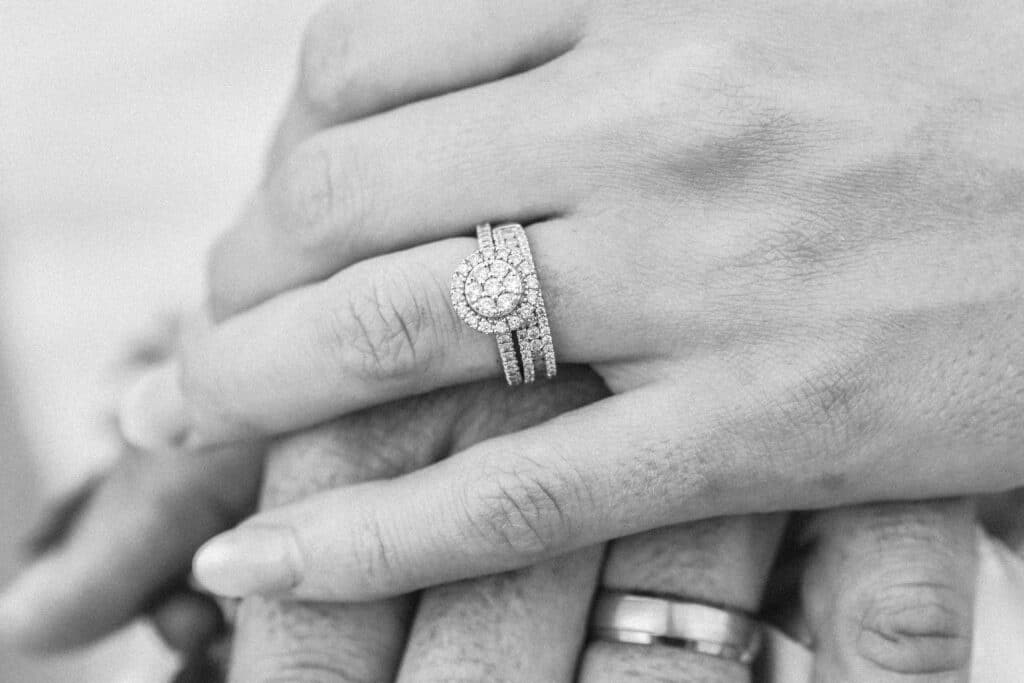
When shopping for diamonds, you’ll probably come across treated diamonds. These diamonds have undergone a treatment, or treatments, to alter their appearance so their clarity or color grade is improved. Additionally, depending on the type of color treatment the diamonds undergo, they can also have a completely different color altogether. There are a variety of diamond treatments that can alter a diamond’s appearance, with some treatments being permanent and others temporary.
Your jeweler should inform you about any clarity or color treatments that your diamond has undergone because, depending on their treatment, they can be sensitive to heat, pressure, and jewelry repairs.
We’ve summarized common treatments so you can make an informed decision when deciding whether or not to purchase a treated diamond.
Diamond Clarity
When evaluating the appearance and value of a diamond, one characteristic that diamond graders will examine is the diamond’s clarity.
What Is Diamond Clarity?
A diamond’s clarity is determined by the number, size, and location of the structural imperfections that the diamond contains. There are two types of structural imperfections, blemishes and inclusions, that can be found on and within a diamond. Blemishes are structural imperfections located on a diamond’s surface, whereas inclusions are located within a diamond.
Almost all diamonds will have at least one imperfection that experts can detect when viewing the gemstone under 10x magnification. However, some of these imperfections can also be seen by the naked eye.
How Is Diamond Clarity Graded?
Diamond clarity is graded by the Gemological Institute of America on a scale of decreasing clarity, ranging from “Flawless” to “Included:”
Flawless (FL)
Internally Flawless (IF)
Very, Very Slightly Included (VVS1 and VVS2)
Very Slightly Included (VS1 and VS2)
Slightly Included (S1 and S2)
Included (I1, I2, and I3)
Diamonds with no detectable blemishes or inclusions when viewed under 10x magnification are given the clarity grading of “Flawless.” On the other end of the diamond clarity spectrum are “included” diamonds, which have noticeable inclusions that can be seen by the naked eye. A diamond’s clarity will be graded somewhere on this scale.
Diamonds that are closer to the “Flawless” end of this scale have a higher value than diamonds closer to the “Included” end of this scale. Because the number and size of noticeable inclusions affect a diamond’s value and appearance, sometimes diamonds will be treated to minimize these inclusions.
To learn more about clarity, please visit our 4Cs of Diamonds blog post.
2 Ways to Improve Diamond Clarity
When shopping for diamonds, you may notice the phrase “clarity enhanced.” This indicates that these diamonds have undergone a clarity treatment. Two ways to improve a diamond’s clarity are laser drilling and fracture filling.
While both laser drilling and fracture filling improve a diamond’s clarity, they do so in two different ways:
1. Laser Drilling
To minimize the appearance of noticeable inclusions, a diamond can undergo laser drilling.
How Does Laser Drilling Work?
When undergoing laser drilling, a diamond’s inclusions are exposed to lasers that drill into the diamond’s surface. As these lasers drill into the diamond where the inclusion is located, the inclusion becomes less noticeable. Sometimes, inclusions that are still apparent following laser drilling will also be exposed to bleach. Bleach is poured into the hole that the laser drilled to further lighten the inclusion and minimize its appearance.
Advantages & Disadvantages of Laser Drilling
One great thing about laser drilling is that it’s a permanent process, as long as the diamond is properly cared for.
However, this treatment also has a few downsides. For example, drilling these holes into the diamond can make it more prone to chipping and other damage when compared to an untreated diamond. Additionally, these drilled holes can collect small debris, causing the diamond to darken. To avoid this, laser drilled diamonds can undergo a fracture filling treatment as well.
2. Fracture Filling
Another way to improve diamond clarity is through fracture filling.
How Does Fracture Filling Work?
Fracture filling consists of filling the cracks within a diamond with a substance that liquifies at high temperatures to make these cracks in the diamond less noticeable.
Advantages & Disadvantages of Fracture Filling
Fracture filling is not a permanent treatment, however it can improve a diamond’s clarity for several years.
One significant drawback of fracture filling is that these diamonds are sensitive to high heat. When exposed to excessive heat, the substance used to fill the cracks in these diamonds can darken and become discolored, putting these diamonds at risk of being damaged during jewelry repairs and cleanings. This damage is irreversible, which is why it’s incredibly important to inform your jeweler that your diamond is fracture filled before it’s cleaned or repaired.
Another issue with fracture filling is that there’s a risk that fracture filled diamonds will have a lower color grade than before they were treated.
Diamond Color
Diamonds can be found naturally in many different colors, including yellow, brown, and blue. Most diamonds, however, are colorless. Diamonds that aren’t colorless are considered to be “fancy” color diamonds.
Colorless diamonds are graded by the Gemological Institute of America (GIA) on a scale from D-to-Z, where D represents completely colorless diamonds, and Z represents diamonds with pale yellow color. Diamonds with color gradings closer to D, completely colorless, on this scale are rarer and more valuable than the same diamond with a color grading closer to Z.
GIA’s color grading scale is outlined below:
Colorless = D, E, and F
Near Colorless = G, H, I, and J
Faint = K, L, and M
Very Light = N, O, P, Q, and R
Light = S, T, U, V, W, X, Y, and Z
Treatments can be used to change a diamond’s color by making it more colorless, increasing the diamond’s value. However, treatments can also be used on diamonds to change their color to a completely new “fancy” color.
To learn more about diamond color, please visit our 4Cs of Diamonds blog post.
4 Ways to Change Diamond Color
There are 4 routes you can take when wanting to change the color of a diamond, and each method should be used in different circumstances. These 4 routes are: irradiation, annealing, high pressure high temperature (HPHT), and coatings.
1. Irradiation
When undergoing an irradiation treatment, diamonds are introduced to controlled levels or radiation to alter their original color to a “fancy” color like green, blue, brown, yellow, and pink. This treatment is valuable because fancy-colored diamonds are rare and can therefore be expensive. Irradiated diamonds, however, are typically cheaper than the exact same fancy diamond that has been untreated.
Irradiated diamonds can also be annealed, or exposed to high heat to ensure the diamond’s color will last. Annealing after irradiation can also produce different diamond colors.
Advantages & Disadvantages of Irradiation
One great thing about irradiation is that it’s a permanent process. However, the color of irradiated diamonds can be changed if they’re exposed to excessive heat or are recut or repolished. This is why it’s important to disclose that your colored diamond is irradiated when it’s being cleaned or your jewelry is being repaired.
2. Annealing
Annealing is a treatment where a diamond is exposed to high heat to change its color. Like irradiation, annealing can change a diamond’s color and produce fancy-colored diamonds. Annealing a diamond can result in brown, orange, pink, red, purple, black, and yellow diamonds.
Advantages & Disadvantages of Annealing
One advantage of annealing is that this treatment is permanent. However, annealed diamonds can still change color and become damaged if they’re exposed to high heat. If your jewelry is set with an annealed diamond, tell your jeweler before it’s repaired.
3. High Pressure, High Temperature (HPHT)
Like the name suggests, diamonds that undergo an HPHT treatment are exposed to high pressure and high temperatures to change their color. Using HPHT, diamonds that have a slightly brown color can be made colorless, which is typically a more desired diamond appearance. HPHT can also be used to create yellow, green, pink, orange, and blue diamonds. Annealing and irradiating HPHT treated diamonds will produce an even wider variety of colors.
Advantages of HPHT
One benefit of HPHT treatments is that they’re permanent, and the diamond’s color should stay the same under everyday conditions.
4. Coatings
Coating treatments consist of a chemical applied onto a diamond’s surface to change the appearance of the diamond’s color. Coatings are often used to improve a diamond’s color grade and make it more colorless. They can also change a diamond’s color to fancy colors like pink, purple, blue, orange, and yellow.
Advantages & Disadvantages of Coatings
Unlike HPHT treatments, coatings are not permanent, but it’s difficult to damage and remove a diamond’s coating. Typically, coatings will last quite a while before they begin to wear away. However, these coatings can rub off if you’re not careful. Exposure to high heat and chemicals can also remove a diamond’s coating. Therefore, before repairing jewelry that’s set with a coated diamond, you should be sure to notify your jeweler that the diamond has been treated.
Is My Diamond’s Treatment Permanent?
Here’s a list of which clarity and color enhancement treatments are permanent, and which are not:
Laser Drilling: Permanent
Fracture Filling: Not Permanent
Irradiation: Permanent
Annealing: Permanent
HPHT: Permanent
Coatings: Not Permanent
Pros & Cons of Diamond Treatments
Pros:
- Diamond treatments can improve diamond clarity and color.
- A treated diamond often costs less than the same diamond that’s untreated.
Cons:
- Some treatments are not permanent.
- Treatments can make these gemstones more sensitive to heat, pressure, and jewelry repairs and cleanings.
Quick Reminders When Purchasing Treated Diamonds
When shopping for diamonds, it’s important to know the difference between treated and untreated diamonds, as well as how treatments affect the look and price of the diamond, and how you care for it.
Treated diamonds are less expensive than an untreated diamond that has the same clarity and color grade. Additionally, because some diamond treatments are temporary, and some treated diamonds are more fragile than untreated diamonds, knowing if a diamond is treated and what treatments it has undergone is beneficial so you can keep your diamond looking as beautiful as possible for as long as possible.
Want to learn more about diamonds? We’ve published several diamond blog posts on our website, including:
Diamonds: 10 Facts About April’s Birthstone | Necker’s Jewelers (neckersjewelers.com)
The 4 Cs of Diamonds | Necker’s Jewelers (neckersjewelers.com)
Diamond Fluorescence: Why Is My Diamond Glowing? | Necker’s Jewelers (neckersjewelers.com)
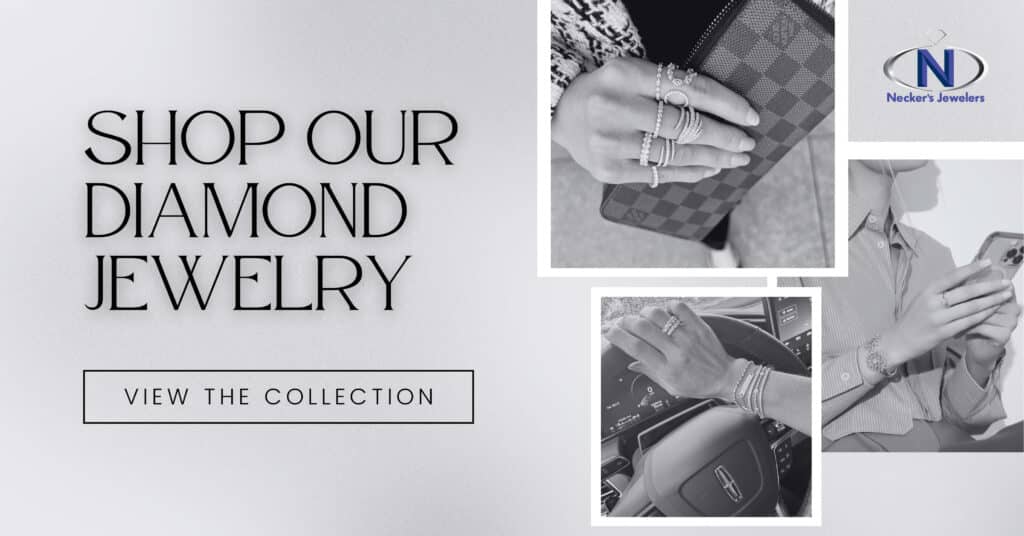
-
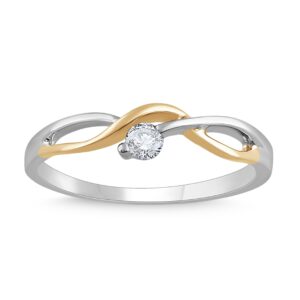 10K WHITE AND YELLOW DIAMOND RING M1661$579.00
10K WHITE AND YELLOW DIAMOND RING M1661$579.00 -
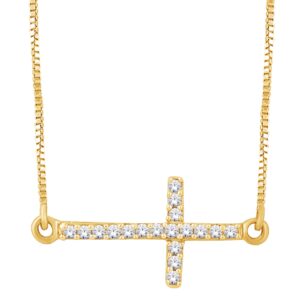 10K YELLOW GOLD DIAMOND CROSS NECKLACE M2802$499.00
10K YELLOW GOLD DIAMOND CROSS NECKLACE M2802$499.00 -
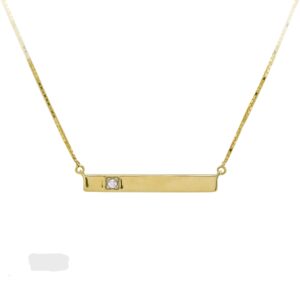 10K YELLOW GOLD BAR PENDANT M3011$379.00
10K YELLOW GOLD BAR PENDANT M3011$379.00 -
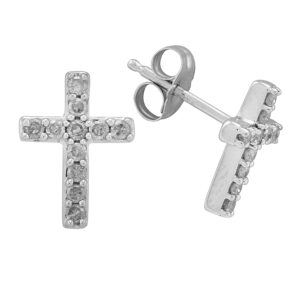 10K WHITE GOLD DIAMOND CROSS EARRINGS M3187$399.00
10K WHITE GOLD DIAMOND CROSS EARRINGS M3187$399.00 -
 10K WHITE GOLD OVAL DIAMOND HOOP EARRINGS M3673$649.00
10K WHITE GOLD OVAL DIAMOND HOOP EARRINGS M3673$649.00 -
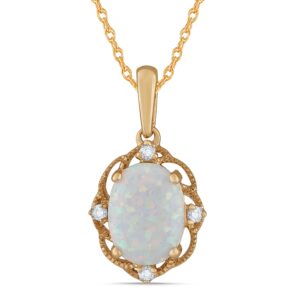 10K YELLOW GOLD DIAMOND AND OPAL PENDANT M6220$599.00
10K YELLOW GOLD DIAMOND AND OPAL PENDANT M6220$599.00 -
 10K YELLOW GOLD DIAMOND CROSS PENDANT M6822$699.00
10K YELLOW GOLD DIAMOND CROSS PENDANT M6822$699.00 -
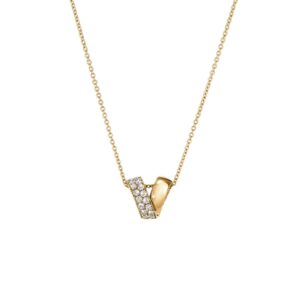 HEARTS ON FIRE INSIDE OUT SPIRAL DIAMOND PENDANT UU29198YGHV0401800$2,550.00
HEARTS ON FIRE INSIDE OUT SPIRAL DIAMOND PENDANT UU29198YGHV0401800$2,550.00 -
 10K YELLOW GOLD DIAMOND AND PINK TOPAZ PENDANT M6652$599.00
10K YELLOW GOLD DIAMOND AND PINK TOPAZ PENDANT M6652$599.00
Sources
How Diamond Treatments Can Impact Color, Clarity and Value of a Diamond | 4Cs of Diamond Quality by GIA
Diamond Treatments and What They Mean to You (gia.edu)
Seven Things to Know About Diamond Color from D to Z | 4Cs of Diamond Quality by GIA


